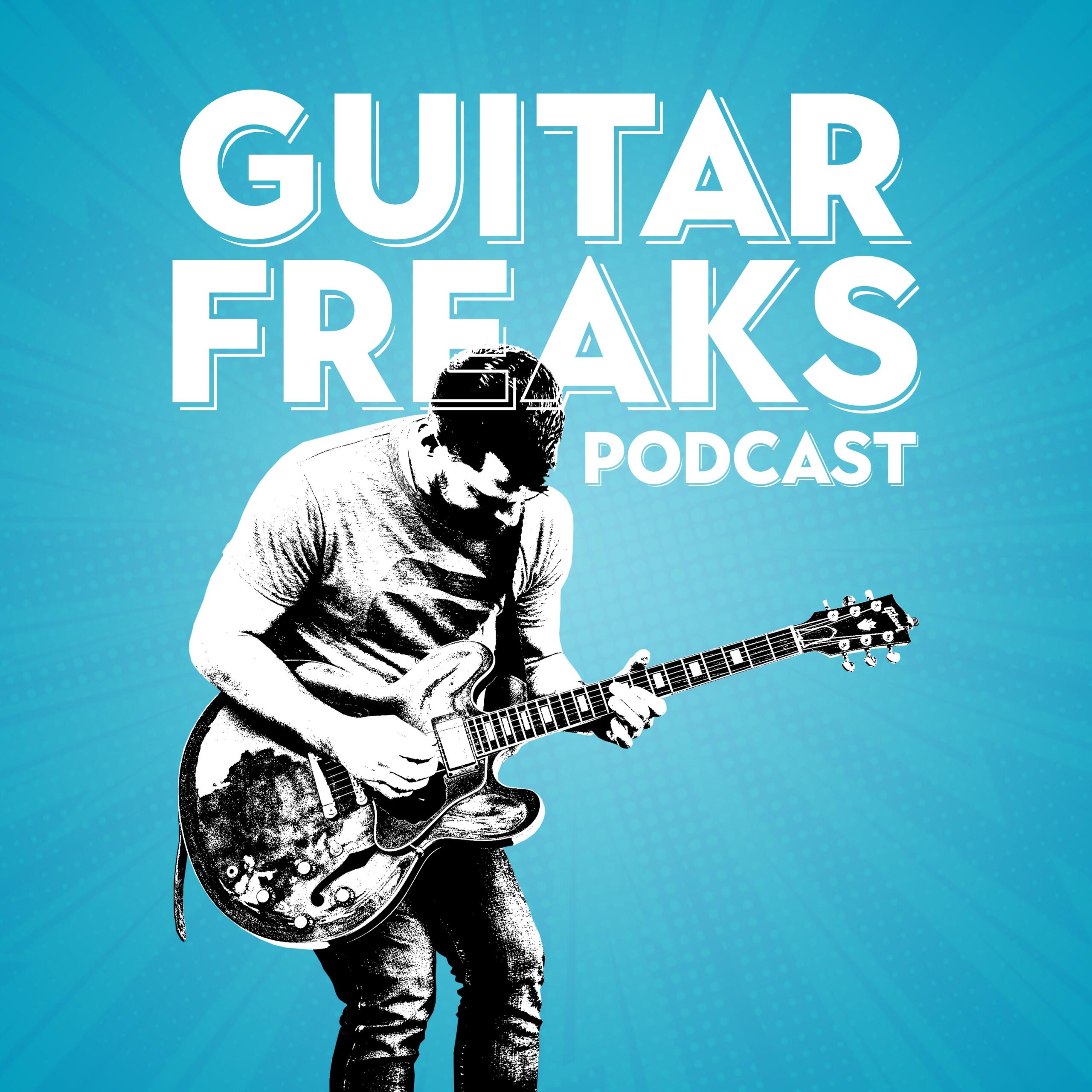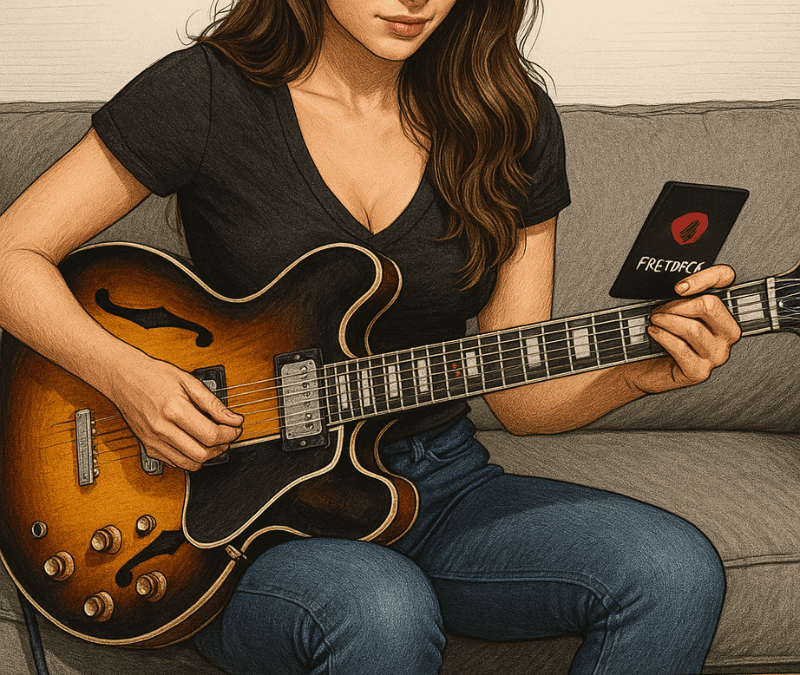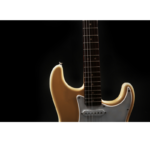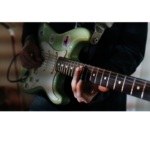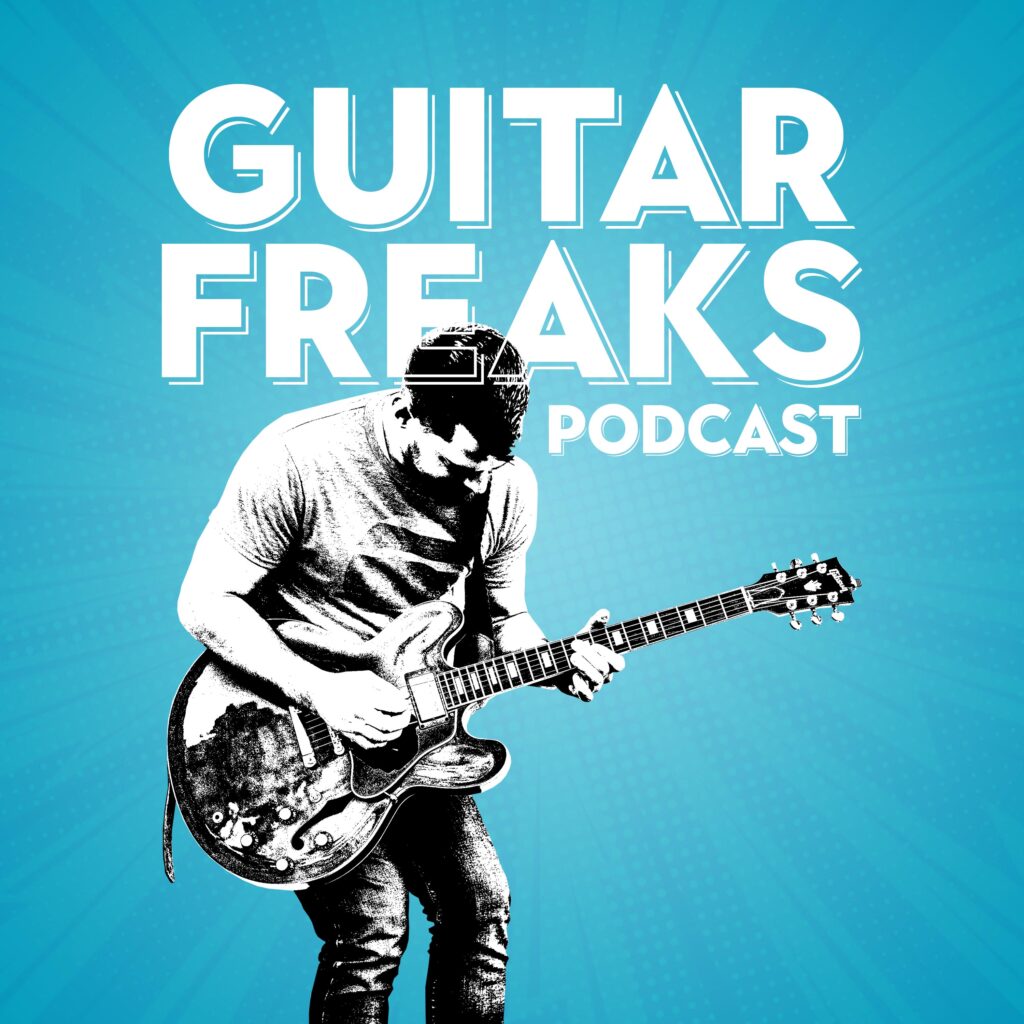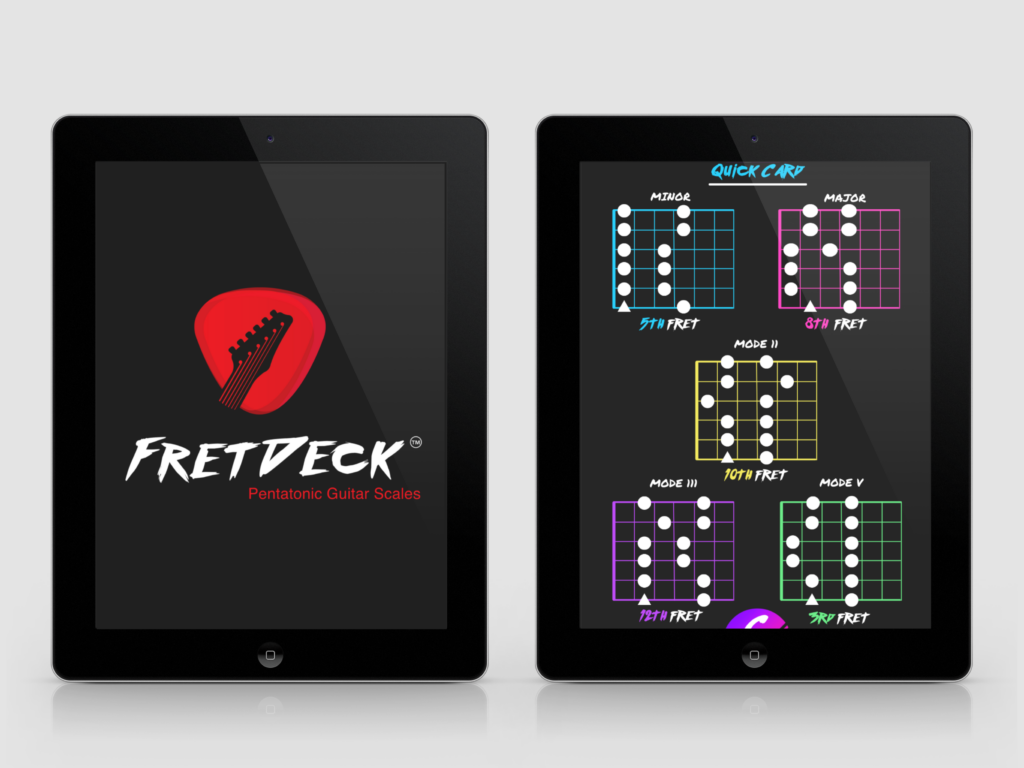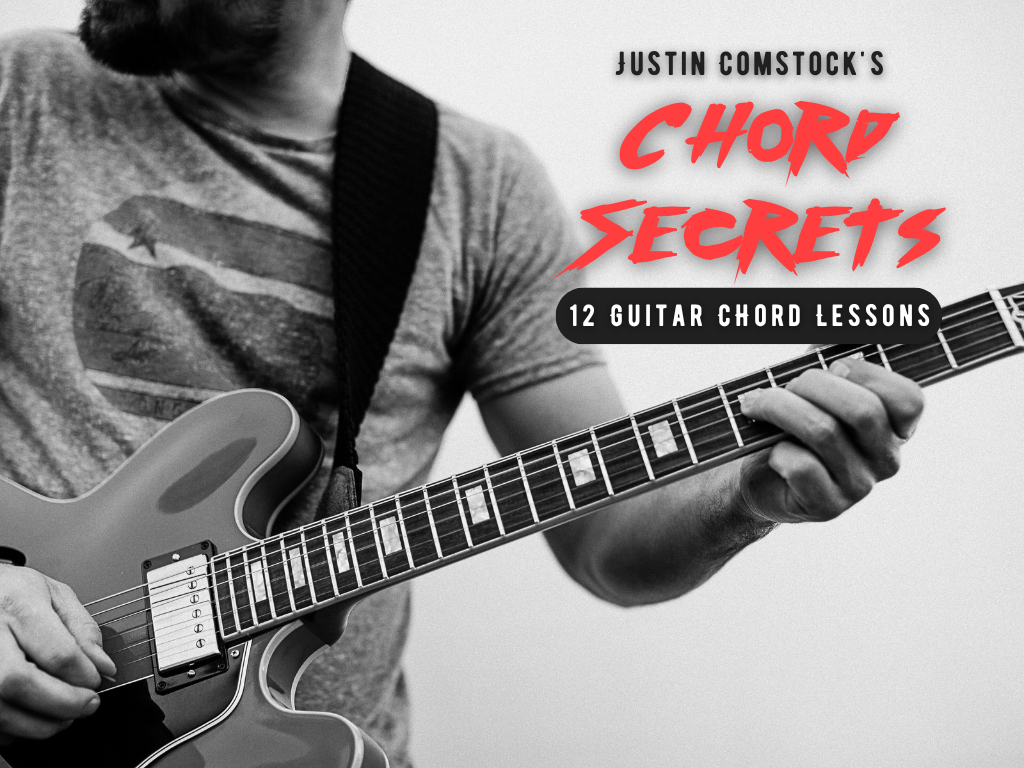You’ve seen it before: Someone buys a shiny new guitar, spends a few weeks strumming G, C, and D—and then gives up.
Why? Because most guitar lessons for beginners don’t teach you how to make music. They teach you to memorize patterns, recite scales like a shopping list, and play a chord progression without ever feeling why it matters.
If you’re here, I’m guessing you want more than that.
This guide is for the rest of us—the ones who picked up the guitar because we want to tell stories, not just check boxes.
Today, you’ll learn:
✅ Why most beginner guitar lessons fail you (and how to avoid it)
✅ The 3 pillars of building real skill and confidence
✅ A step-by-step plan to unlock the fretboard so you enjoy practicing
✅ How to join a community of guitarists who refuse to settle for mediocrity
Let’s dig in.

❌ Stop Guessing. Start Shredding.
If you’re still fumbling through scale patterns and box shapes… it’s costing you progress.
FretDeck™ is the no-fluff system that shows you exactly how to master the fretboard—fast. Early access.
⚡️ This isn’t for dabblers. It’s for players who want results.
👉 Click here to join the pre-launch now
Early access. Limited rewards. Don’t wait.
Why Most Guitar Lessons for Beginners Make You Quit
Imagine this:
You sit down with a book or YouTube video titled something like “Easy Guitar Lessons for Beginners.”
It promises fast progress.
It shows you three or four chords.
You learn a strumming pattern.
Then… nothing.
No sense of how to move beyond the basics. No clue how chords connect to scales or how to improvise a melody.
If your lessons feel like memorizing phone numbers, of course you’ll burn out.
Music isn’t supposed to be a checklist. It’s supposed to feel alive.
That’s why your approach needs to be different with guitar lessons for beginners
The 3 Pillars of Great Beginner Guitar Lessons
All effective guitar learning rests on three pillars:
- Foundation (Chords & Rhythm)
You must feel comfortable strumming the essentials—G, C, D, E minor, A minor.
But don’t stop at shapes. Learn why each chord sounds the way it does and how it connects to your scales. - Navigation (Fretboard Awareness)
This is where most beginners get stuck.
You learn a few shapes, but the rest of the neck feels like a dark forest. You need a way to visualize intervals and scale patterns everywhere. (This is exactly why I recommend FretDeck —more on that soon.) - Expression (Creating Music, Not Just Copying It)
The last pillar is the one most people skip.
You need to use what you’re learning to make your own music—whether it’s a simple riff, a melody, or a chord progression.
Step 1: Build a Chord Vocabulary You’ll Actually Use
Most guitar books dump 50 chord shapes on you.
Ignore that.
Start with a small, powerful set:
- G Major
- C Major
- D Major
- E Minor
- A Minor
Practice transitioning between them for at least 15 minutes a day.
Quick Exercise:
The 60-Second Chord Drill
- Set a timer for 60 seconds.
- Pick any two chords.
- Switch back and forth as cleanly as possible.
- Repeat with new pairs.
After a few weeks, these changes will feel natural.
Step 2: Learn the Pentatonic Scale (Without the Overwhelm)
If you only learn one scale, make it the minor pentatonic.
It’s the foundation of countless rock, blues, and pop melodies.
Here’s the A minor pentatonic:
e|----------------5-8----
B|------------5-8--------
G|--------5-7------------
D|----5-7----------------
A|--5-7------------------
E|5-8--------------------
Practice it slowly. Focus on clean tone and even timing.
Pro Tip:
Once you’re comfortable, try:
- Playing only two strings at a time
- Skipping strings
- Changing the rhythm
These variations build phrasing skills fast.
If you want all 5 pentatonic shapes in every key laid out so you can finally see your fretboard, grab FretDeck™ here.
It’s the resource I wish I had when I was learning.
Step 3: Connect Scales and Chords
You can play chords. You can play scales.
But how do they fit together?
Try this:
- Play an A minor chord.
- Strum slowly and listen.
- Now play notes from the A minor pentatonic over that chord.
Hear how the scale outlines the chord’s flavor?
This is the seed of soloing.
Practice this often—your ear will develop faster than you think.
Step 4: Create Simple Musical Statements
Don’t wait to write a song to start expressing yourself.
Quick Exercise:
- Pick any scale (like the A minor pentatonic).
- Set a timer for 5 minutes.
- Make a 4-note phrase you like.
- Repeat it.
- Change a note, bend a string, slide into it.
Congratulations—you’re improvising.
Step 5: Practice With Real Music
Exercises alone won’t build your musicianship.
You have to play along with actual songs.
Here are 3 beginner-friendly classics:
- Knockin’ on Heaven’s Door – G, D, C chords
- Horse With No Name – Two easy chords
- Wish You Were Here – Mix of chords and melody
Even if you’re sloppy, you’re building timing, ear, and feel.
Step 6: Learn to See the Fretboard, Not Just Shapes
Remember that lost feeling when you look at the fretboard?
Most guitar lessons never solve this problem.
That’s why I recommend FretDeck.
FretDeck™ gives you:
✅ All 5 pentatonic patterns in every key
✅ Clear interval maps to connect shapes
✅ A visual system to finally see where you are
If you want to stop guessing and start knowing, this is the most powerful tool you’ll find.

❌ Stop Guessing. Start Shredding.
If you’re still fumbling through scale patterns and box shapes… it’s costing you progress.
FretDeck™ is the no-fluff system that shows you exactly how to master the fretboard—fast. Early access.
⚡️ This isn’t for dabblers. It’s for players who want results.
👉 Click here to join the pre-launch now
Early access. Limited rewards. Don’t wait.
Step 7: Join a Community That Supports You
Learning alone gets lonely.
That’s why I built a community called Guitar Freaks Hangout.
Inside, you’ll get:
✅ Weekly jam prompts
✅ Feedback on your playing
✅ Friendly accountability
✅ A place to celebrate your progress
Ready to connect with other guitarists?
🎸 Join Guitar Freaks Hangout Here →
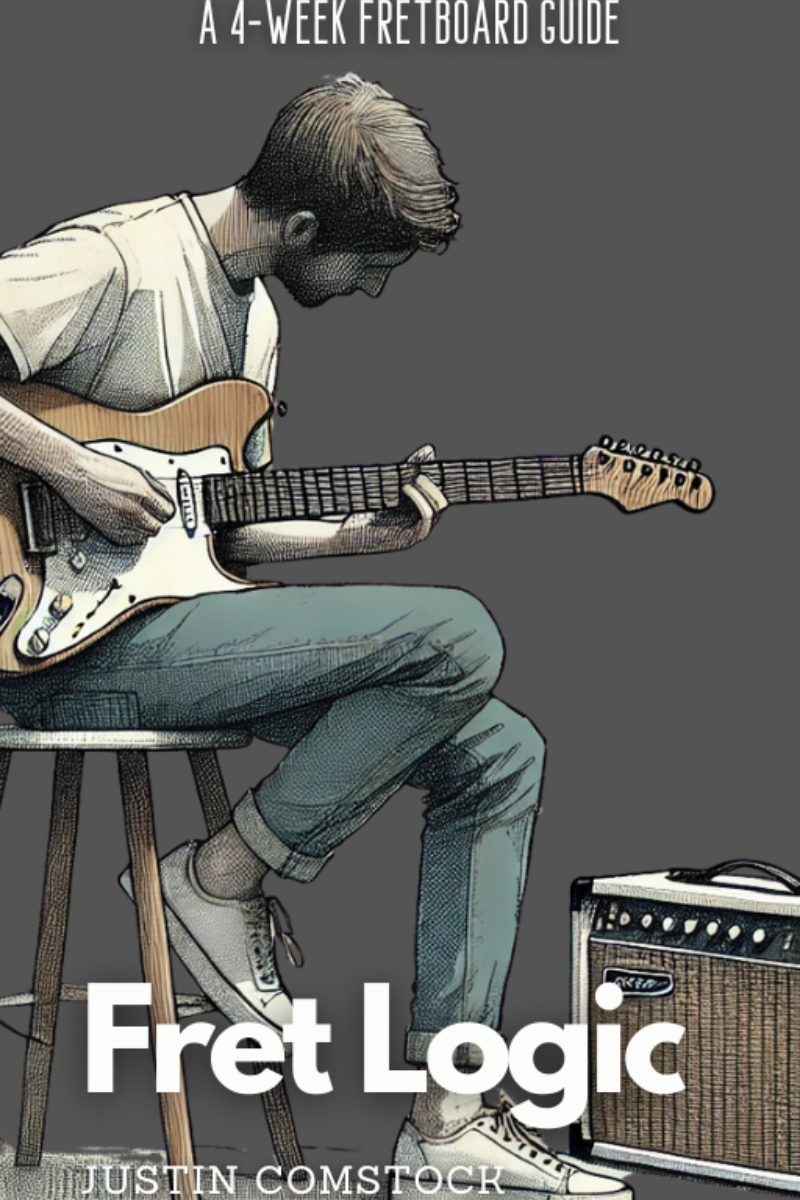
Join Guitar Freaks Hangout on Discord! 🎸
Get Fret Logic FREE!
Join the Guitar Freaks Hangout Discord and get exclusive access to my entire e-book, Fret Logic! Master the fretboard and elevate your solos with this comprehensive guide.
👉 Don’t miss out—join now and download your free copy!
Step 8: Build a Consistent Practice Routine
Consistency beats intensity every time.
Daily 30-Minute Practice Plan:
- 5 min: Chord transitions
- 10 min: Scale practice
- 10 min: Play along with a song
- 5 min: Free exploration
If you do this 5 days a week, you’ll grow faster than you expect.
Step 9: Record Yourself Often
Recording is the single most effective way to see where you’re improving.
Use your phone. Keep it simple.
Ask yourself:
- Are my chords clean?
- Is my timing solid?
- Are my phrases musical?
Treat this as data, not self-criticism.
Step 10: Keep It Playful
Remember why you started playing guitar?
To have fun.
Don’t let your practice become another chore.
Every week, set aside time to:
- Jam without an agenda
- Experiment with new tunings
- Write something goofy
This is how you build a lifelong love for music.
🎸 Ready to Finally Master Your Guitar?
Most guitar lessons for beginners will hand you a stack of diagrams and wish you luck.
This guide gives you a system that:
✅ Teaches you to see the fretboard
✅ Shows you how chords and scales connect
✅ Inspires you to create real music
If you’re serious about taking your guitar playing to the next level:
And if you want community and accountability:
Because the difference between guitarists who quit and the ones who thrive isn’t talent—
…it’s commitment to keep showing up.
P.S. One Last Thing
Most people will read this and think, “That sounds great. I’ll start next week.”
But next week turns into never.
So here’s your action plan:
✅ Spend 10 minutes today practicing chords.
✅ Download a backing track and improvise one phrase.
✅ Join us inside Guitar Freaks Hangout.
Guitar Fretboard Notes Diagram – Your Ultimate Map to Musical Freedom
